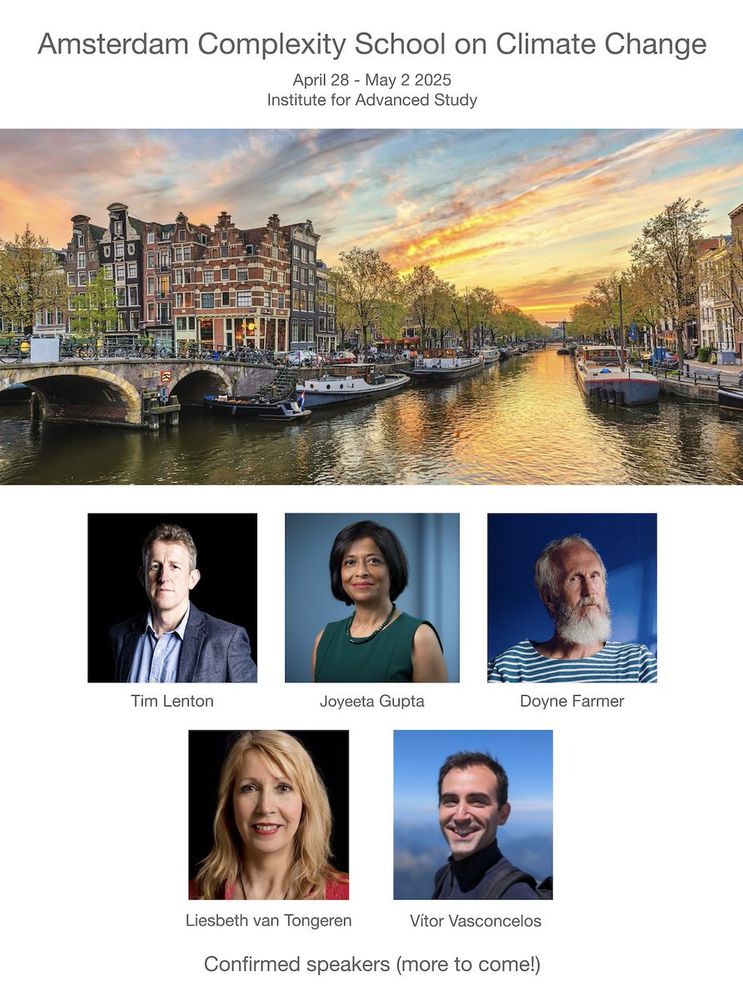Karoline Huth
@karolinehuth.bsky.social
120 followers
190 following
15 posts
Researcher @ University of Amsterdam
(Applied) Statistics | Bayesian | Networks | R software | Data Science | Climate Change
Posts
Media
Videos
Starter Packs
Karoline Huth
@karolinehuth.bsky.social
· Jan 25
Karoline Huth
@karolinehuth.bsky.social
· Jan 25
Karoline Huth
@karolinehuth.bsky.social
· Jan 25
Karoline Huth
@karolinehuth.bsky.social
· Jan 24
Karoline Huth
@karolinehuth.bsky.social
· Jan 24
Karoline Huth
@karolinehuth.bsky.social
· Jan 24
Karoline Huth
@karolinehuth.bsky.social
· Jan 24
Karoline Huth
@karolinehuth.bsky.social
· Jan 24
Karoline Huth
@karolinehuth.bsky.social
· Jan 24
Karoline Huth
@karolinehuth.bsky.social
· Jan 24
Karoline Huth
@karolinehuth.bsky.social
· Jan 24
Karoline Huth
@karolinehuth.bsky.social
· Jan 24
PsyArXivBot
@psyarxivbot.bsky.social
· Jan 16
Reposted by Karoline Huth

